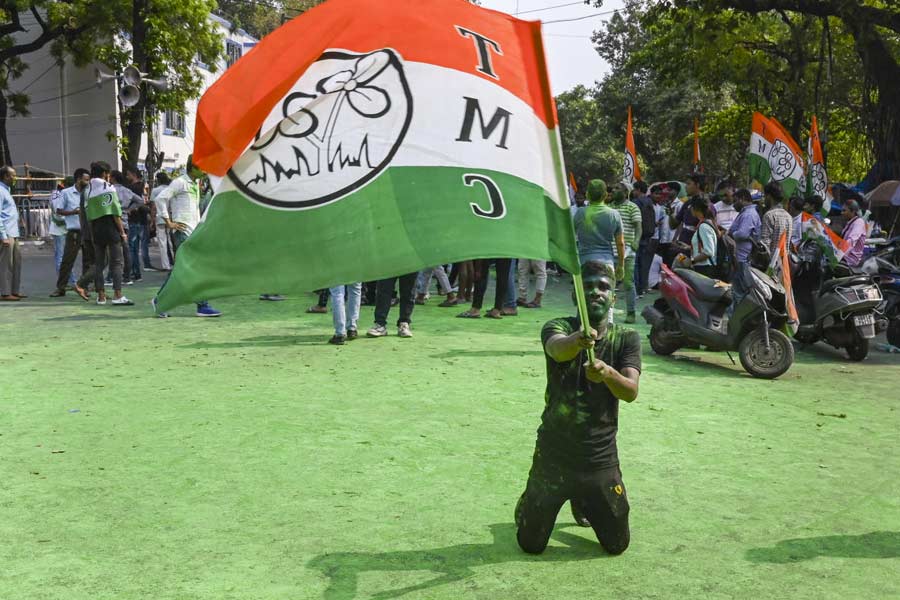Sohini Roy, a topper from a city school, was busy preparing for the Joint Entrance Examinations (JEE), 2003, when she was stopped in her tracks by some maths, chemistry and physics formulae in the new syllabus. Some biology terms have also stumped her.
And it’s no fault of Sohini’s. The villain of the piece is the revised JEE syllabi, that contains “over 112 glaring mistakes”. Aloke Das, member-secretary, JEE Board, admitted that the job of publishing the new syllabus book had been given to a firm that, apparently, lacked “technical knowledge”.
He added that the Board official who was supposed to have checked the proofs had been taken ill suddenly, and the others failed to spot the errors. “We will take all necessary steps to ensure that this is not repeated,” assured Das.
After publishing over 30,000 copies of the new syllabi in November with all mistakes in place, the JEE authorities suddenly woke up to the embarrassing fact and published copies of a two-page corrigendum with the corrections last week.
But the damage had been done, with most candidates still in the dark about the corrigendum and struggling on with the error-ridden booklet.
There is a sense of déjà vu, with the JEE authorities having published a similar mistake-marred syllabus two years ago, before coming out with a corrigendum.
This time, a chemistry formula contains phosphoric acid (H3PO4), which is an oxidising agent, as H3PO3, which is phosphorus acid and has reducing properties. The formulae of copper sulphate, silver nitrate (CuSO4, AgNO3) have been “inadvertently” printed wrong in the new syllabus. “These mistakes change the meaning of the chemical reactions completely. We have tried in vain to get in touch with the JEE authorities,” complained Avijit Tarafdar, a student of a city school preparing for the examinations.
Several physics formulae and numerical symbols have been wrongly published. Spelling mistakes galore add to the confusion. The word ‘sulphonation’ has been printed ‘suphlonation’. Then, there is “tape work” in place of ‘tape worm’, ‘antiondes’ instead of ‘antinodes’. Several geometry formulae and geometrical terms which students have never heard of have made their way into the new syllabus book.
This year, the JEE authorities have decided to change the examination pattern by condensing the 20 modules, covering the entire JEE syllabi, to 10 modules. This, they said, would give students more breathing space. The total marks were also reduced from 400 to 300. But the mistakes in the new syllabi have only added to the confusion among candidates hoping to finding the JEE pattern more student-friendly this time.










